E-Drive Retro’s MGA
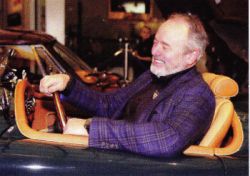
 This unique MGA-EV was shown at an Energy-Day fair in Stockholm in February this year.
This unique MGA-EV was shown at an Energy-Day fair in Stockholm in February this year.
It all started when Michael M. Richardson, an entrepreneurial American with 35+ years of engineering, product development and business consulting experience with companies such as VeriFone, Hewlett Packard and leading financial services companies, came to Estonia to pursue software development start-ups. He saw the innovative spirit there first hand, so moved to Estonia. In 2015, while in Tallinn, his Finnish fiancée convinced him to pursue his own dream of transforming classic cars to run on electric power, so that they can be driven and enjoyed for decades to come, with zero emissions. Thus, E-Drive Retro was born.
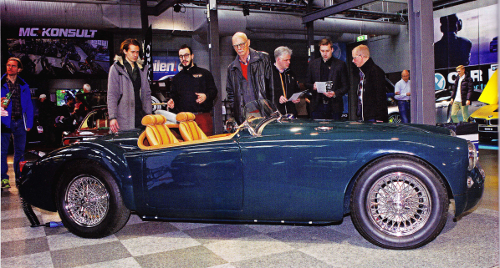
Since its formation Michael has found great EV engineers, and a well-qualified classic car restoration firm called Grips Garage, in Helsinki, Finland, which is where E-Drive Retro is based now. They have established a showroom and EV Development Lab within the Grips Garage buildings, so they can work closely together in creating what they feel are the world’s finest collectible electric vehicles.
This particular 1959 MGA is the second car they have transformed; the first one was a 1972 Triumph GT6 Mk lll 3-door coupe, which was also on display at the event. The MGA was initially quite rough when purchased by E-Drive Retro so a lot of skilled metal restoration work by Grips Garage was necessary in order to make the body and chassis perfect. The car was very well built, by carefully refurbishing as many of the original parts as possible, and only the best restoration components were used. The decision was taken to upgrade the entire front and rear suspension for ultimate safety, reliability and handling for this high-end roadster. The double wishbone, independent front and rear systems (supplied by Hoyle Suspensions, UK) are fully adjustable all around with coil-overs and variable-valve gas shock absorbers. The brakes were also upgraded with disc brakes fitted all round, the front having large four piston calipers and ventilated front discs.
The chassis is the original 1959 steel one, and since the Hoyle System is a bolt-on direct upgrade for the MGA, no chassis modifications were required to accommodate the new suspension.
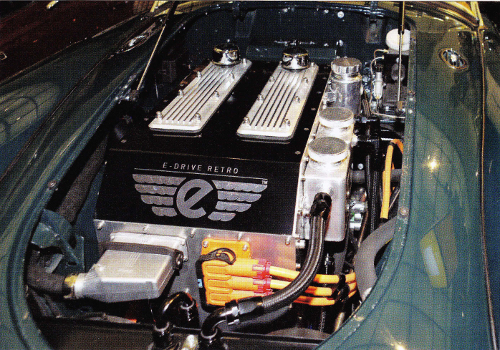
The electric drive motor, a YASA P400, is configured to deliver 105 kW of direct drive power (about 141 hp using the old-fashioned method!) and 390 Nm of torque, and operates at a nominal 400VAC. This drive train will naturally be very reliable because it only has one moving part, and that has sealed bearings, no transmission required. All the high voltage systems hardware required to operate the EV drive train, such as safety controls, battery management system, drive inverter, DC – DC converter, etc. are all built into a robust aluminum container they call ‘The Virtual Engine’. All the electrical systems in the car are intentionally industrial spec, from mining and commercial marine applications, in order to achieve the highest possible reliability and long service life with near zero maintenance required. The battery energy-storage capacity is 22 kWh, giving a range estimated to be 100- 150 km, depending on driving style and external conditions. A battery convenience charge (230 VAC, 10A Type two) takes about six and a half hours, and a DC fast charge (400 VDC, B0A, CHAdeMO) will take about 25 minutes. The three battery modules, which they call their ‘Power Pods’, are located under the floor and in the boot.
The original MGA used plywood boards for the floor, but this MGA-EV is equipped with a custom all-aluminum floor and drive tunnel system to protect and reinforce the cockpit. This Limited-Edition Series MGA-EV has not been track tested yet (currently waiting for spring conditions in Finland) but they estimate that 0-60mph acceleration will be in the range of 5-6 seconds (9.1 for the original twin-cam). Top speed will be software limited to the original top speed of 133mph (180 km/h).
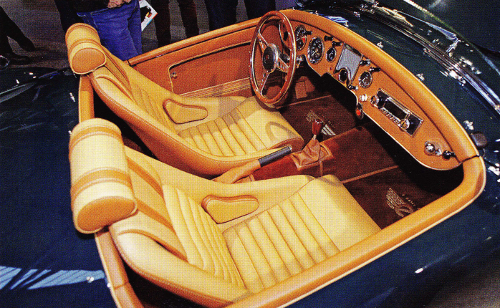
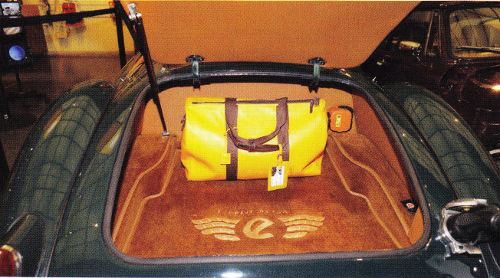
The car is also equipped with a built-in telemetry computer containing its own GPS for global location, independent GSM for global broadband connectivity to E-Drive Retro’s cloud servers, WiFi and Bluetooth for local communications with driver and passenger smart phones and optional onboard entertainment systems. This allows E-Drive Retro to securely update the car’s software (e.9. offering new or improved features, or driving capabilities to their customers long after the original sale), and also in order to enable E-Drive Retro to remotely detect and diagnose any potential on-board issues via cyberspace behind the scenes, potentially even before these issues can be noticed by the driver. In this way, the company can also send a message to the car owner when it is time to schedule a service, or where the next nearest public charging station (or good restaurant) may be located.
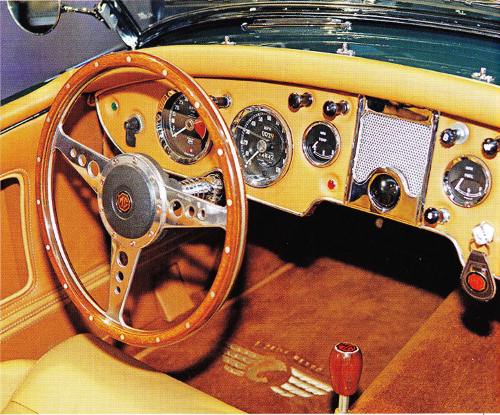
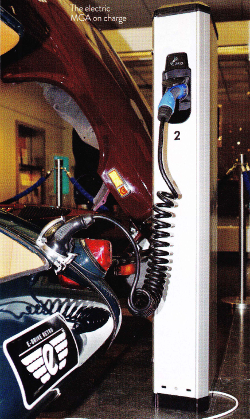
It is true that some automotive purists may not like converting classic cars. For some who have enjoyed classics as a personal hobby, they may prefer to feel the tools in their hands whilst working on cars, or the smell of a petrol engine as they step out of their car.
They tend to see an oil drip as a sign that there was oil left in the engine when they parked it. There may also be those who are quietly glad that something vintage breaks down, so they can spend the weekend in their garage with a plausible excuse. In the end, E-Drive Retro believe their meticulous approach to marrying classic style with modern reliability and performance will make sense to a whole new generation of classic enthusiasts, especially because, as E-Drive Retro say, these are the first ” Classics with an environmental conscience” . . .and bring a pass to drive in the zero-emissions only zones of our future cities. Something to ponder.
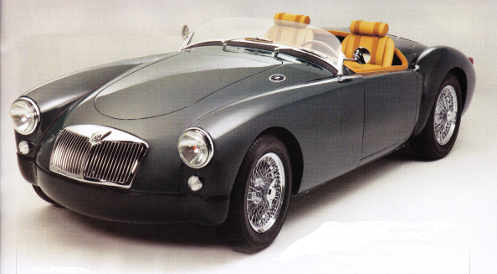
NAMGAR would like to thank Andy Knot, Editor of Safety Fast! magazine for his permission to reproduce this article.
If you wish to contact E-Retro email them or visit their website.

